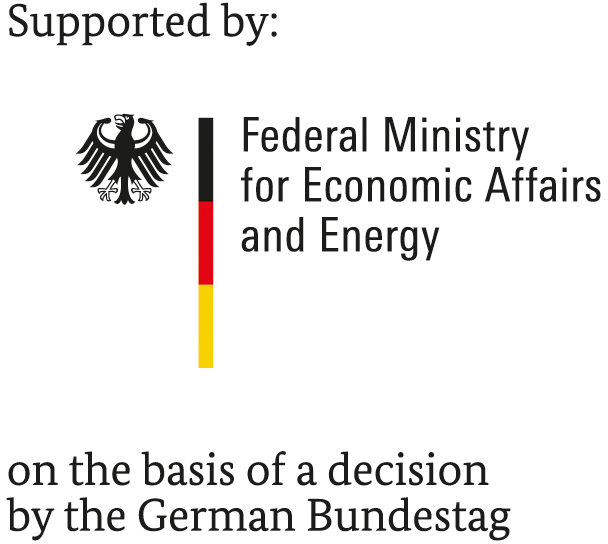Nonlinearities make a difference: comparison of two common Hill-type models with real muscle
Description
Formats
Links
Overgaard, Holford, Rytved, Madsen, 2007
Description
ABSTRACT: PURPOSE: To describe the pharmacodynamic effects of recombinant human interleukin-21 (IL-21) on core body temperature in cynomolgus monkeys using basic mechanisms of heat regulation. A major effort was devoted to compare the use of ordinary differential equations (ODEs) with stochastic differential equations (SDEs) in pharmacokinetic pharmacodynamic (PKPD) modelling. METHODS: A temperature model was formulated including circadian rhythm, metabolism, heat loss, and a thermoregulatory set-point. This model was formulated as a mixed-effects model based on SDEs using NONMEM. RESULTS: The effects of IL-21 were on the set-point and the circadian rhythm of metabolism. The model was able to describe a complex set of IL-21 induced phenomena, including 1) disappearance of the circadian rhythm, 2) no effect after first dose, and 3) high variability after second dose. SDEs provided a more realistic description with improved simulation properties, and further changed the model into one that could not be falsified by the autocorrelation function. CONCLUSIONS: The IL-21 induced effects on thermoregulation in cynomolgus monkeys are explained by a biologically plausible model. The quality of the model was improved by the use of SDEs.
Formats
Links
PKPD behaviour - 5-Lipoxygenase inhibitors
Description
This model is described in the article:
Systems pharmacology models can be used to understand complex pharmacokinetic-pharmacodynamic behavior: an example using 5-lipoxygenase inhibitors. Demin O, Karelina T, Svetlichniy D, Metelkin E, Speshilov G, Demin O Jr, Fairman D, van der Graaf PH, Agoram BM. CPT Pharmacometrics Syst Pharmacol 2013; 2: e74
Abstract:
Zileuton, a 5-lipoxygenase (5LO) inhibitor, displays complex pharmaokinetic (PK)-pharmacodynamic (PD) behavior. Available clinical data indicate a lack of dose-bronchodilatory response during initial treatment, with a dose response developing after ~1-2 weeks. We developed a quantitative systems pharmacology (QSP) model to understand the mechanism behind this phenomenon. The model described the release, maturation, and trafficking of eosinophils into the airways, leukotriene synthesis by the 5LO enzyme, leukotriene signaling and bronchodilation, and the PK of zileuton. The model provided a plausible explanation for the two-phase bronchodilatory effect of zileuton-the short-term bronchodilation was due to leukotriene inhibition and the long-term bronchodilation was due to inflammatory cell infiltration blockade. The model also indicated that the theoretical maximum bronchodilation of both 5LO inhibition and leukotriene receptor blockade is likely similar. QSP modeling provided interesting insights into the effects of leukotriene modulation.CPT: Pharmacometrics & Systems Pharmacology (2013) 2, e74; doi:10.1038/psp.2013.49; advance online publication 11 September 2013.
Formats
- Systems Biology Markup Language Level 3 Version 1 Core
- Systems Biology Markup Language Level 2 Version 5




ABSTRACT:
Compared to complex structural Huxley-type models, Hill-type models phenomenologically describe muscle contraction using only few state variables. The Hill-type models dominate in the ever expanding field of musculoskeletal simulations for simplicity and low computational cost. Reasonable parameters are required to gain insight into mechanics of movement. The two most common Hill-type muscle models used contain three components. The series elastic component is connected in series to the contractile component. A parallel elastic component is either connected in parallel to both the contractile and the series elastic component (model [CC+SEC]), or is connected in parallel only with the contractile component (model [CC]). As soon as at least one of the components exhibits substantial nonlinearities, as, e.g., the contractile component by the ability to turn on and off, the two models are mechanically different. We tested which model ([CC+SEC] or [CC]) represents the cat soleus better. Ramp experiments consisting of an isometric and an isokinetic part were performed with an in situ cat soleus preparation using supramaximal nerve stimulation. Hill-type models containing force-length and force-velocity relationship, excitation-contraction coupling and series and parallel elastic force-elongation relations were fitted to the data. To test which model might represent the muscle better, the obtained parameters were compared with experimentally determined parameters. Determined in situations with negligible passive force, the force-velocity relation and the series elastic component relation are independent of the chosen model. In contrast to model [CC+SEC], these relations predicted by model [CC] were in accordance with experimental relations. In conclusion model [CC] seemed to better represent the cat soleus contraction dynamics and should be preferred in the nonlinear regression of muscle parameters and in musculoskeletal modeling.